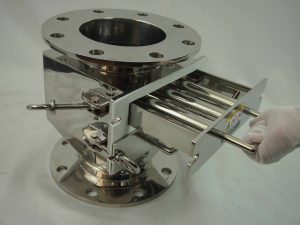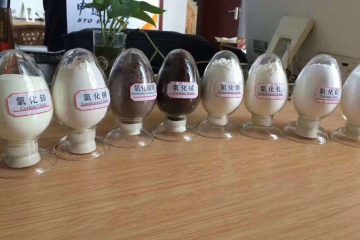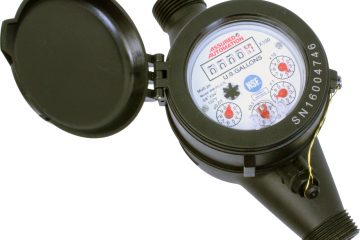Magnetic drawer Introduction:

KM magnetic drawer, or we call magnetic drawer separator with high intensity magnetic easy clean housed grids offer unsurpassed levels of contamination removal, removing sub-micron ferrous and para-magnetic contamination from the most demanding and arduous of process environments. All dry powders and granular type materials can be processed through magnetic drawer, Electrical safety interlocks can be fitted to the drawer to stop the process should it be accidentally opened.
Cleaning:
Our magnetic drawer separator uses KM easy clean system, allowing all attracted contamination to be easily and quickly collected for further inspection or analysis. Drawer magnets should be cleaned regularly for best efficient performance,
KM easy clean steps:
- Finding the magnetic tubes, release the latch first;
- Opening door of drawer magnet, remove grate assemblies once a time;
- Then cleaning the tramp metal by hands with extremely caution and gloves wearing during this process.
Application:
Products are of dry powder and granular, while contaminants are relatively small and fine. Used in inlet/outlet points, pre/post-silo and machinery points. Check other magnetic filter application here.
Advantage:
Easy to clean;
Simply to use;
Enables flexible design;
Removes micron sized contaminants;
Meets audit requirements;
Rare earth strong magnetic materials, all parameter can be customized according to specific application.
Specification:
- Magnetic separator strength Up to 12000 Gauss, 7,000, 9,000, 11,000 Gauss options;
Shell: Support from SS304, SS316 and SS316L; - Magnetic materials: Rare earth neodymium iron boron N45H grade, inspected and confirmed with hysteresis loop and inspection report;
- Surface treatment: High standard Polishing surface treatment to 1.2um;
- Working temperature: Ordinary working temperature is under 80 degree C. High temperature up to 350 degree C can be offered to meet specific application;
- Pressure:+/-1.2 bar
- Types of ends: Nail head, eye nuts, thread hole, threaded rod and other kind of ends for necessary mounding.
PS: We did a failure case for bread flour application before, since they do not need high magnetic performance in this case, only 7,000 Gauss is proper to allow for permissible iron oxide.



0 Comments